How and what is the painting of forged products
Forging metal has always been considered a heavy and revered art. It is art, since it is one thing to simply weld two pieces of iron to each other, and it is quite another to make something beautiful and pleasing to the eye out of it.
But to create a real masterpiece, the skill of one blacksmith is not enough, the finished product still needs to be painted, and we'll talk about how and how to do it better in this article.
The content of the article
Features of forging painting
Someone may say that the color of the forged product is no different from the painting, for example, of a wooden tabletop, but this is far from the case. Firstly, these are of course special colors, which will be discussed below. And secondly, the method of painting, especially if there is a need to do the painting yourself, and there are no skills in this matter.
It is interesting that with the wrong approach, even the most expensive and high-quality paint will be powerless to protect the product from corrosion.
If we talk about the methods of painting, then they can be very diverse:
- Brush.
- Atomizer (see We select a spray gun for painting).
- Tampon.
- Dipping.
Important! When working with a spray gun, it should be remembered that the thicker the consistency of the paint, the harder it is to spray it and the more strong pressure must be set on the compressor.
But you should always remember about difficult places, which are always abundant on forged products. For example, these can be welding spots, the fact is that during forging, the metal undergoes strong heating and weakens on its own, and welding burns even more the protective film that always forms on the surface.
It is in the places of welding that corrosion begins in the first place, and from there it diverges throughout the product. Another important nuance that should be remembered is the cleaning of the product, no, not from possible rust, since the paint for forged products successfully cope with it three in one, and clean from scale and delamination of the metal.
The fact is that at the time of calcination, the inhomogeneous parts of the metal begin to peel off, during a quick examination this may not be noticed, but it is enough to draw a brush with a metal brush on the finished product, as soon as particles resembling scales begin to fall off.
Cleaning with a wire brush must also be done if the product has already been painted, and now you just need to update the coating. Paint on metal has very high adhesion to the painted surface, but it can peel off the old coating.
Forging paints
If the question of how to paint forged products yourself is more or less clear, then here are the colors to use, this question is much more complicated and extensive. If you do not pay proper attention to it, then you have to repaint the product every year, especially if it is located on the street.
Today, there are a lot of paints specialized in metal (see Types of paints for metal: which one to choose), and each of them has its own unique set of qualities, and such a variety only confuses an inexperienced person even more. We will not dwell on the entire range presented in modern building stores.
And we’ll only talk about the most popular and, as a consequence, high-quality materials designed specifically for metal surfaces, taking into account the fact that the product will be used on the street, and will be constantly exposed to negative effects.
Hammer paint
Hammer paint, or paint with a hammer effect (see Hammer effect paint: features of use) is named for the similarity of the coating with the potholes from hammer blows on metal.The relief surface of the paint ideally hides all the minor flaws and flaws that inevitably happen on a forged product, especially if we are talking about real hand forging, and not about stamping on machines. Instructions for applying hammer paint involves working with any convenient tool.
It can be:
- Airbrush.
- Roller.
- Brush.
- Tampon.
It all depends on personal skills and preferences, the quality of the coating will not suffer from this at all.
Important! Hammer paint, very thick, and even the working consistency of the material may not succumb to a simple electric spray gun. Therefore, if it is not possible to use a compressor, pneumatic tool, it is better to use more simple and affordable methods.
Pros:
- High adhesion to metal.
- Three component paint does not require an additional layer of soil.
- The polymer coating is completely resistant to water and sunlight.
- Durability. The product coated with a hammer paint does not need to be renewed for many years.
- Large selection of colors.
- High resistance to mechanical damage. The hammer coating is very difficult to damage, even with heavy or sharp objects.
Unfortunately, even this material has a few drawbacks to be reckoned with when choosing hammer paint as a coating.
Minuses:
- A relatively high price, which, however, is more than offset by the durability of the paint.
- High consumption of paint per square meter, especially when working with a spray gun.
- If repainting is necessary, hammer enamel is very difficult to remove, and another coating does not lie on top of it.
- Hammer paint is presented in a very wide range of colors, but despite this, if the necessary shade is not selected, it is not possible to use color paste.
As you can see, the disadvantages of hammer paint are less significant and are fully compensated by the pluses, but they are, and this imposes a number of restrictions on the use of this material.
Blacksmith paint
Painting of forged products with blacksmith enamels is considered the most durable and high quality. To date, only a few European companies produce paint of this quality, and accordingly the cost of this material is simply sky-high.
But given that the manufacturer himself gives a minimum warranty period for his products of 25 years, then the price becomes much more attractive. The peculiarity of this paint is that it consists of resistant polymers, and may look like ordinary bitumen, but this is not so, blacksmith enamels are not only much more stable than mastics, but also have a gloss characteristic only for oil dyes.
Another interesting feature of blacksmith paint is that it dries very quickly, even at low temperatures. This makes it possible to paint the product directly on the street and not be afraid that the coating will spoil the rain or unexpected frosts.
If we talk about the minuses, then in addition to the high price, we can highlight the need for a mandatory preliminary layer of soil, which must necessarily be the same brand as the paint itself. Otherwise, the manufacturer automatically voids all warranty obligations regarding the durability of the coating.
Interesting! If financial opportunities are limited, then you can simply use blacksmith soil, and on top of it apply ordinary paint PF. In this case, all the characteristics of the enamel increase several times, although a result of 25 years is unlikely to be achieved.
And in order to clearly understand how to work with blacksmith paints with your own hands, you can watch a video that clearly shows all the steps.
Paints ML
Enamels under this brand are attempts by domestic manufacturers to create a kind of hammer enamel. Unfortunately, their quality is significantly inferior to foreign counterparts, but their cost is much lower.
Externally, this paint resembles an ordinary PF, but unlike it, it has higher technical characteristics, including durability and resistance to mechanical damage.
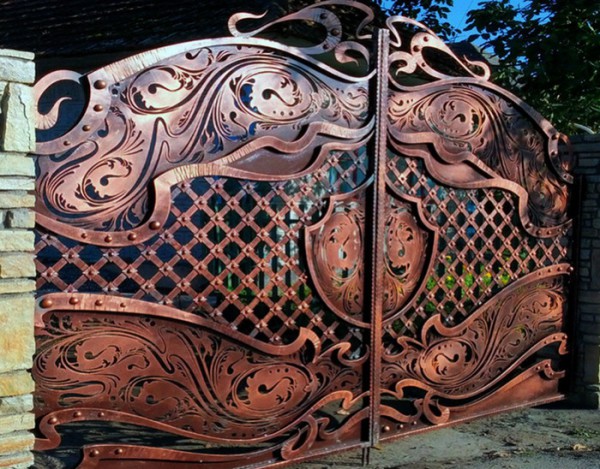

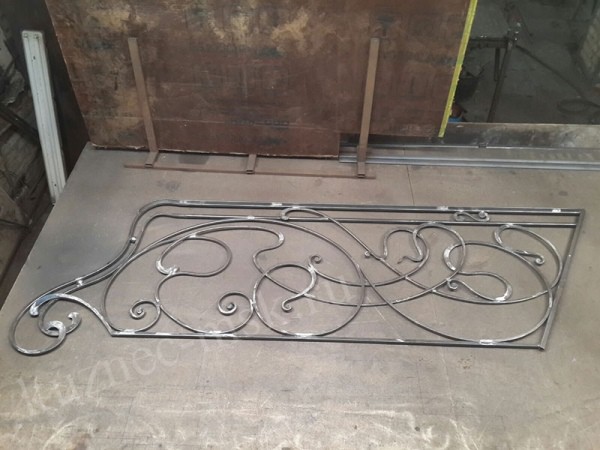
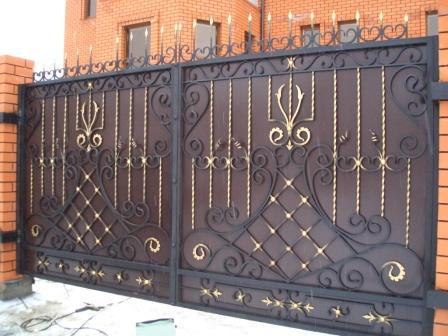
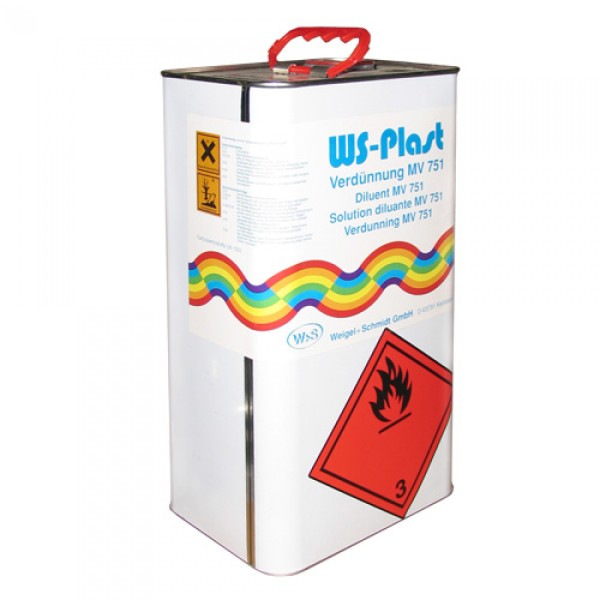
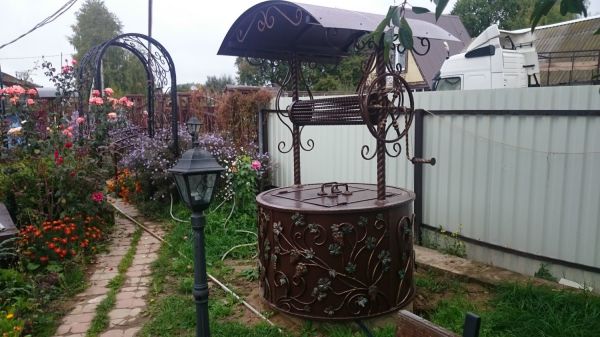
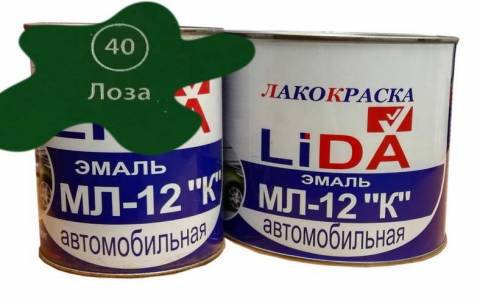


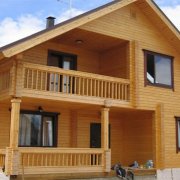
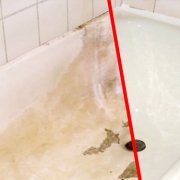
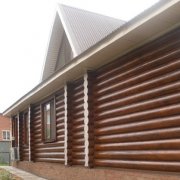
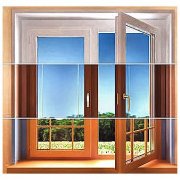
Great article, but I would like to add a little from myself. I have been working in the forging sector for many years and there have almost never been problems with paint, because I approached this issue seriously and used only high-quality paint to paint my forged products and designs. You shouldn’t be greedy for paint, I know from experience. Also, you forgot to talk about the so-called “patination”, which is used for forged products. Forging patination is the artificial aging of the finished product, which gives a touch of antiquity and gives sophistication.